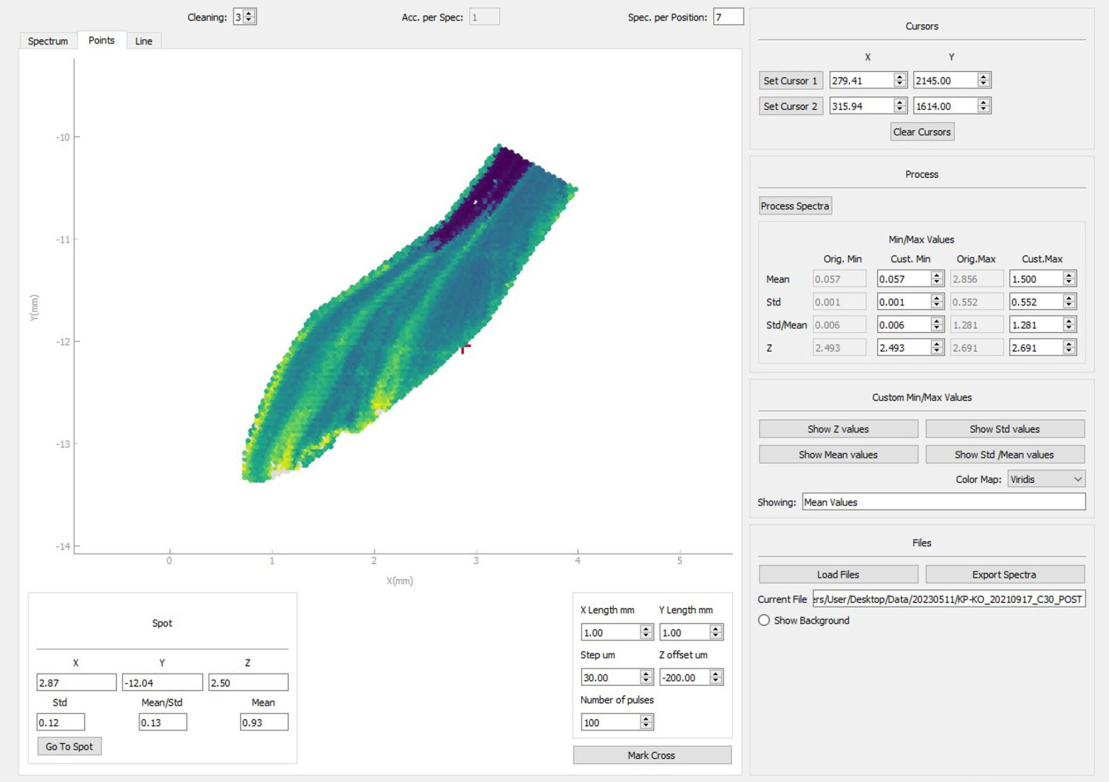Applying laser-induced breakdown spectroscopy (LIBS) and elemental imaging on marine shells for archaeological and environmental research
We are excited to announce our new article published in Scientific Reports presenting the innovative work of the Photonics for Heritage Science (PhoHS) group with our colleges at the Leibniz Zentrum für Archäologie (LEIZA) in Mainz, Germany.
The paper entitled “Applying laser-induced breakdown spectroscopy (LIBS) and elemental imaging on marine shells for archaeological and environmental research” by Niklas Hausmann, Danai Theodoraki, Victor Piñon, Panagiotis Siozos, Andreas Lemonis, and Demetrios Anglos.
In this study, we present comprehensive specifications and parameters for designing a Laser-Induced Breakdown Spectroscopy (LIBS) system tailored to produce Mg/Ca images on marine shells, directly corresponding to seasonal sea temperatures. Our primary goal was to develop specifications facilitating the seamless integration of LIBS systems into existing laboratories for the examination of hard-tissue samples. These specifications guided the development of a specialized micro-LIBS system by IESL/FORTH, which was subsequently applied in a practical archaeological study. This application aimed to assess its efficacy in analyzing marine mollusc shells and showcase its potential for diverse applications in interdisciplinary research.
The newly customized system consistently and effectively analyzed marine mollusc specimens without causing significant damage, thereby allowing for additional analyses of other proxies. This research underscores the LIBS method’s potential in interdisciplinary studies, spanning applications in paleoclimatology, marine ecology, and archaeology.
This study was made possible with funding from the DFG under the Emmy Noether Program (project number: 439799406) and support the FINCO project of IPERION HS, funded by the European Commission H2020-INFRAIA-2019-1 und GA no. 871034.
Further info: https://doi.org/10.1038/s41598-023-46453-w


